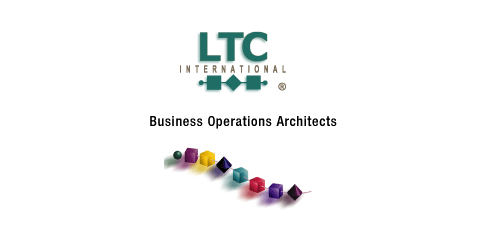|
|

article page | 1
| 2 | 3 |
relationships between the systems
involved every time a customer
makes a change to their service plan.
A product manager won’t fully
understand which technical changes
need to be made to alter the service,
and an IT engineer won’t fully
understand the business demands that
necessitate such changes. With CAD
and CAM principles, service providers
would be able to automate a massive
portion of their processes and keep
production in line with customer
demand.
To date, SPs main obstacle in moving
forward on this front has been the
lack of a standards-body on which
to base these changes. Standards
would allow operators to streamline
their service creation environments,
as the requirements for implementing
the necessary changes would be clearly
defined. Without them, SPs remain
vulnerable to the chronic problems
that currently hinder rapid and effective
service creation as they stumble
through the implementation of new
services based on new technologies.
|
|
This connector platform, combined
with the functionality of the active
catalog, would provide marketing
professionals and IT departments
with a powerful tool. |
|

down, and the gap
between IT engineers
and product managers
would be bridged.
To make this change,
the core of the architecture
would need to be flexible,
automated and adaptive,
characteristics that
are best embodied by
the concept of an ‘active
catalog’. In
broad terms, an active
catalog more closely
couples the processes
of service design,
creation and execution
by deconstructing every
piece of data in a
service provider’s
product catalog into
a component library
made up of “building
blocks” of information.
Each component would
be made aware of how
it must interact with
every other component
in the catalog, and
understand the necessary
dependencies, prerequisites
or exclusions that
must be
|
|
|
|
Furthermore, a standard-based
approach would allow SPs to deploy
a consistent product portfolio
across all business applications,
while reducing the complexity of
developing new products. Product
marketers could design as well
as create new services, and overall
operating costs would be lowered.
In turn, customers would be able
to purchase these new products
at a lower cost, and with additional
access to a much richer set of
personalized services and control
options.
The Way IT Should Be
Ideally, this standard architecture
would center on the design of a
new type of service creation environment
and would more closely mimic an
assembly line approach to new product
definition and creation. Incumbent
language barriers between departments
would need to be broken .........
|
|
addressed for the connection between
each to take place. Perhaps most
importantly, though, each component
would become reusable.
With these building blocks available
in the active catalog, the final
piece of the architecture is an XML/web-based
graphic interface that would publish
the details of the components contained
within the active catalog. This connector
platform, combined with the functionality
of the active catalog, would provide
marketing professionals and IT departments
with a powerful tool. Product managers
and marketers would be able to design
new services and components and bypass
the time-consuming IT testing phase.
IT engineers will be given the power
to access a list of proven business
functions to push new component use
and development throughout their
networks.
|
article page | 1 |
2 | 3 |
|
|
|




